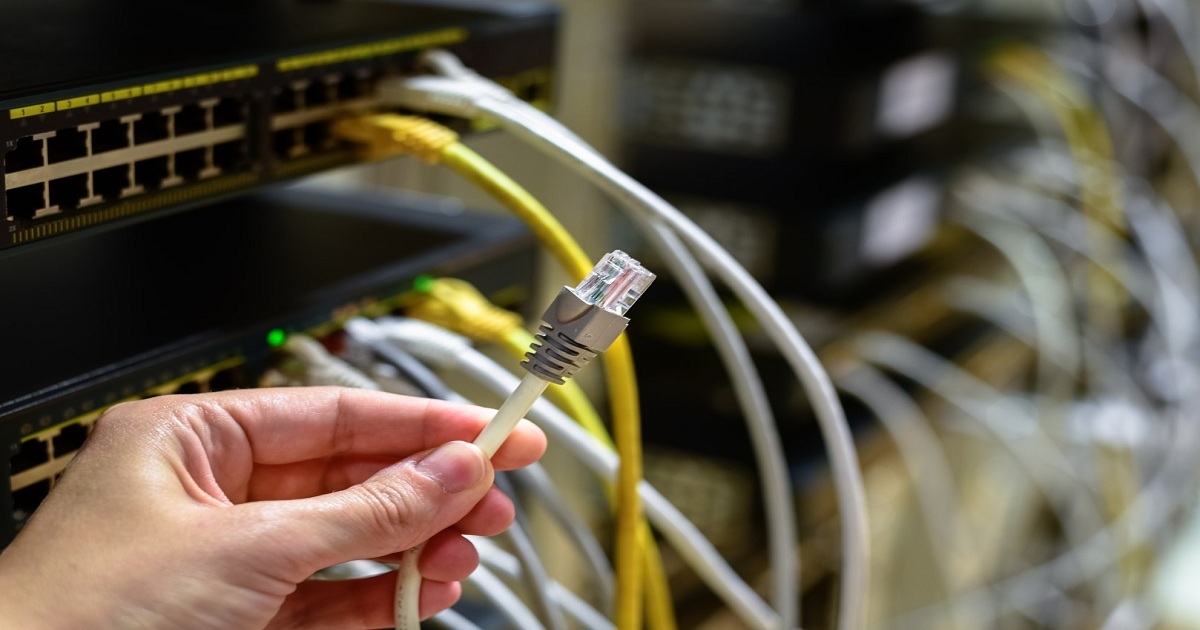Planning 5G networks
RCRWireless | March 25, 2019

The benefits of 5G will be felt first by IoT, smart cities, public safety and other real-time applications requiring fast wireless communications. While deployments are starting to appear, it is foreseen that 5G will co-exist with other radio access technologies (RATs) such as LTE-A/Pro, NB-IoT and WiFi for some time yet. In order to account for a greater diversity of services supported by 5G and be spectrum and energy efficient, 5G New Radio (NR) must offer a much higher degree of flexibility and scalability than previous mobile networks, resulting in a more complicated radio system.In addition to supporting traditional services provided by the existing mobile networks, three new service categories are envisioned for 5G – enhanced mobile broadband (eMBB), ultra-reliable and low- latency communications (URLLC) and massive machine type communications (mMTC). These three new categories of services have diverse requirements in terms of bandwidth, latency, mobility, connection density and data rates. For example, eMBB places high requirements on spectrum efficiency, peak data rate, area traffic capacity and network energy efficiency.